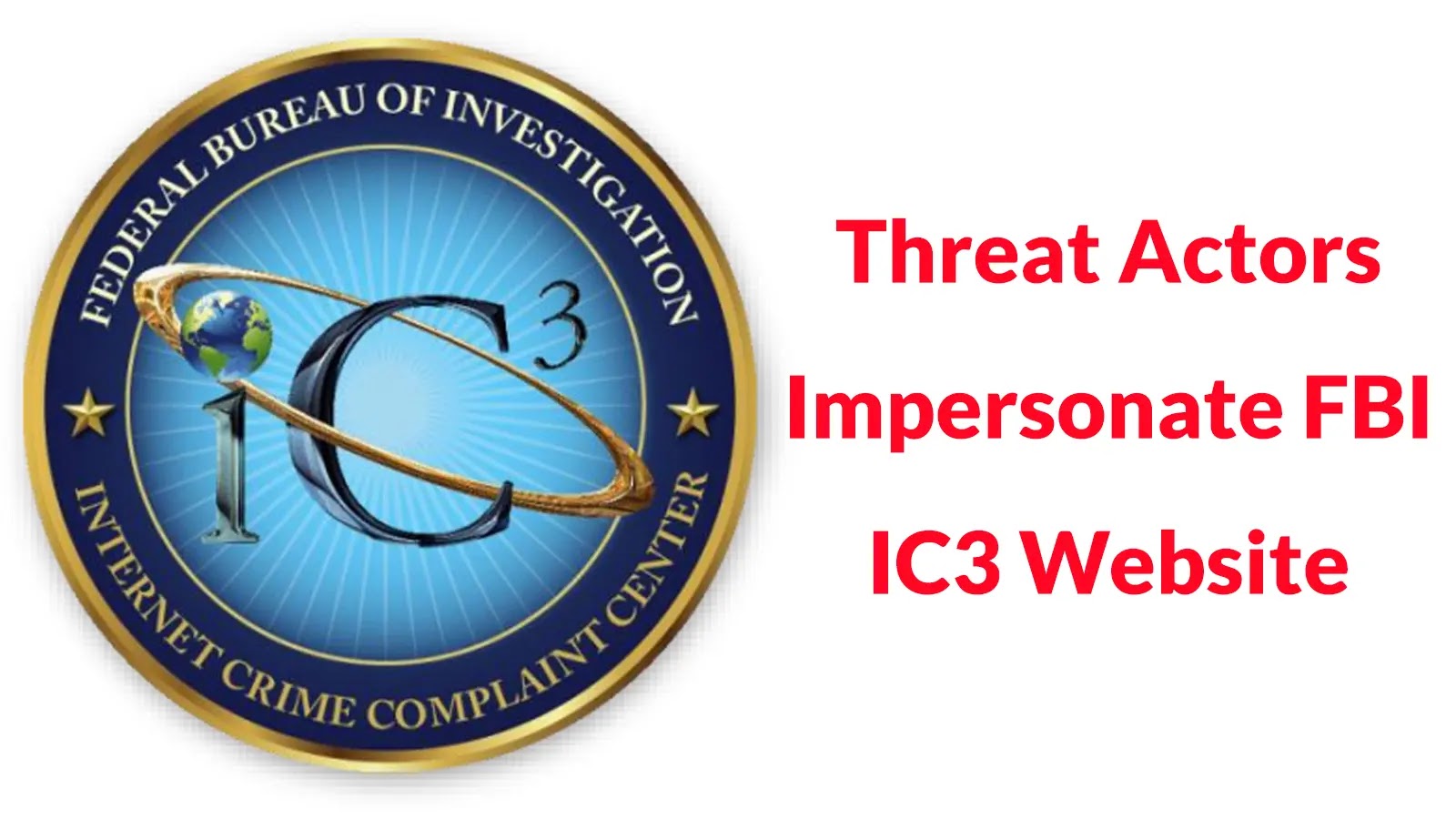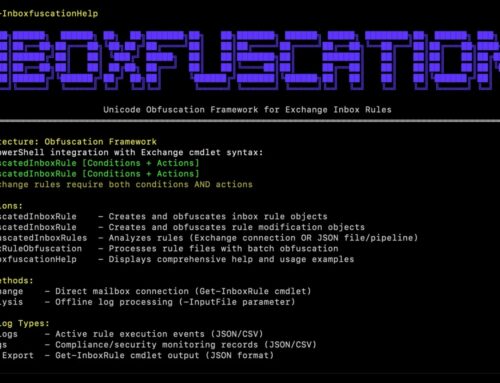
Threat Actors Impersonate FBI IC3 Website to Steal The Visitors’ Personal Information
The Deceptive Lure: Threat Actors Impersonate FBI IC3 Website
The digital landscape is a constant battleground, and even the most trusted government institutions are not immune to the sophisticated tactics of cybercriminals. A recent, highly elaborate spoofing campaign has emerged, directly targeting visitors to the Federal Bureau of Investigation’s Internet Crime Complaint Center (IC3) website. This campaign, uncovered in mid-September 2025, represents a significant threat, as it endeavors to steal personal information from individuals seeking to report cybercrimes, turning their pursuit of justice into an unwitting act of self-compromise.
The Anatomy of a Sophisticated Spoofing Campaign
This threat actor group has meticulously crafted a deceptive ecosystem designed to ensnare unsuspecting users. The core of their operation involves creating counterfeit websites that are virtually indistinguishable from the legitimate FBI IC3 portal. These sites leverage several key characteristics to achieve their malicious aims:
- Look-alike Domain Names: Attackers registered and utilized domain names such as “ic3-gov.com” and “ic3gov.org”. These URLs are deliberately chosen to mimic the authentic government domain, often relying on subtle typographical errors or transposed domain extensions that casual users might overlook.
- Authentic Branding Replication: The fraudulent sites incorporate genuine FBI branding, including the official FBI seal, colors, and layout. This level of visual fidelity contributes significantly to the deception, making it difficult for users to discern the fake from the real.
- Redirection Tactics: Victims attempting to access the legitimate IC3 website were being redirected to these fraudulent domains. This suggests the use of various redirection mechanisms, potentially including compromised ad networks, malicious links embedded in phishing emails, or even DNS manipulation.
The goal is clear: to convince users they are interacting with the official FBI IC3 platform, thereby coaxing them into divulging sensitive personal information, which could range from contact details to more critical financial data. The gravity of this campaign is amplified by the fact that individuals approaching the IC3 website are already victims of, or witnesses to, cybercrime, making them particularly vulnerable to further exploitation.
Understanding the Threat: Phishing and Identity Theft Risks
The impersonation of a government website designed for reporting cybercrime creates a multi-layered threat:
- Increased Susceptibility to Phishing: Individuals directed to these fraudulent sites are subjected to advanced phishing attacks. The convincing nature of the fake portal significantly increases the likelihood of victims entering personally identifiable information (PII) or other sensitive data.
- Identity Theft and Financial Fraud: Any information submitted to these fake sites can be immediately harvested by the threat actors. This data can then be used for various nefarious purposes, including identity theft, opening fraudulent accounts, or executing financial fraud.
- Erosion of Trust: Such sophisticated campaigns erode public trust in government institutions and their digital presence. When users cannot reliably distinguish legitimate channels from malicious ones, it creates an environment of skepticism and hesitation, potentially hindering genuine crime reporting.
Remediation Actions and Protective Measures
Protecting yourself and your organization from such sophisticated spoofing campaigns requires a combination of vigilance, technical controls, and user education:
- Verify URLs Diligently: Always double-check the URL in your browser’s address bar. Ensure it matches the official domain (e.g., ic3.gov). Look for “https://” indicating a secure connection and a padlock icon. Be wary of subtle misspellings or alternative top-level domains (TLDs).
- Bookmark Official Sites: For frequently accessed government or financial sites, create direct bookmarks in your browser and use those instead of clicking on links from emails or search results.
- Browser Security Extensions: Utilize reputable browser security extensions that provide phishing protection and URL reputation checks.
- Multi-Factor Authentication (MFA): Where available, enable MFA on all accounts. While not directly preventing a spoofed site, it adds a critical layer of defense if your credentials are compromised.
- Email Scrutiny: Be extremely cautious of unsolicited emails, even if they appear to be from known sources. Phishing emails are a common vector for redirecting users to malicious sites.
- DNS Security: Organizations should implement DNS filtering and security solutions to block access to known malicious domains and prevent DNS poisoning attacks.
- Employee Training: Conduct regular cybersecurity awareness training for employees, emphasizing the dangers of phishing, URL verification, and the importance of reporting suspicious activity.
Conclusion: Stay Vigilant Against Evolving Cyber Threats
The impersonation of the FBI IC3 website serves as a stark reminder of the relentless and ever-evolving nature of cyber threats. Threat actors are continually refining their tactics, leveraging high-fidelity spoofing techniques to exploit trust and harvest sensitive information. For IT professionals, security analysts, and developers, the imperative is clear: educate users, implement robust security controls, and foster a culture of skepticism toward unsolicited digital communications. By adhering to best practices in digital hygiene and remaining acutely aware of current threat landscapes, we can collectively enhance our resilience against these pervasive and deceptive campaigns.





